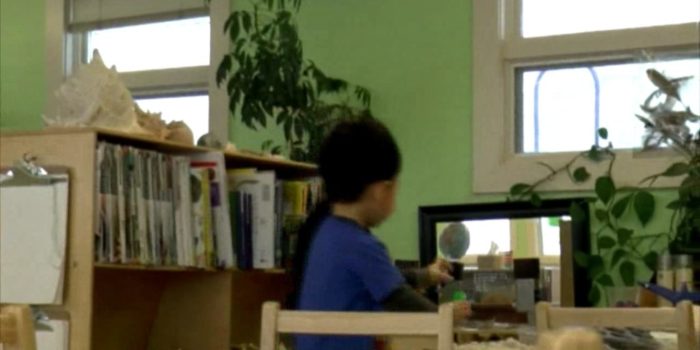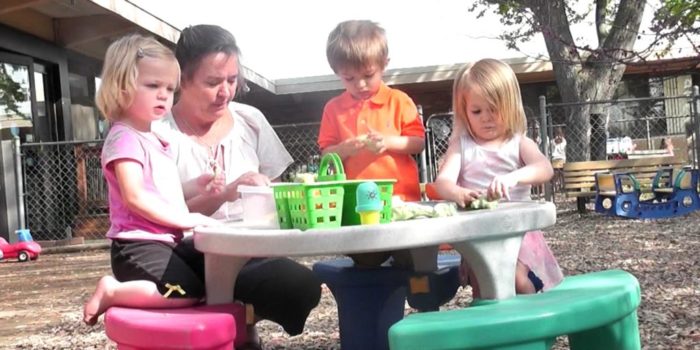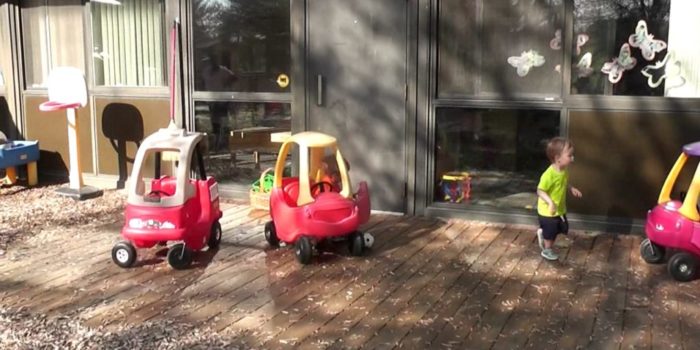Play based learning allows children to contextualize and make sense of their social and physical environment, as they actively engage with people, objects and imaginative presentations.
While research on brain development is in its infancy, it is believed that play shapes the structural design of the brain. We know that secure attachments and stimulation are significant aspects of brain development; play provides active exploration that assists in building and strengthening brain pathways. Play creates a brain that has increased ‘flexibility and improved potential for learning later in life’ (Lester & Russell, 2008, p. 9).
Young children’s play allows them to explore, identify, negotiate, take risks and create meaning. The intellectual and cognitive benefits of playing have been well documented. Children who engage in quality play experiences are more likely to have well-developed memory skills, language development, and are able to regulate their behaviour, leading to enhanced school adjustment and academic learning (Bodrova & Leong, 2005).
Physically active play allows children to test and develop all types of motor skills. It promotes significant health and wellbeing benefits. Centers that were found to have a high-quality, play-based learning program incorporated:
- a daily schedule that included active indoor and outdoor physical play
- integration of music, movement and creative expression
- adult-child interactions that modeled moderate to high levels of physical activity (meaning that educators were at times as physically engaged in active play as the children) (Steglin, 2005).
Play does not happen in a vacuum; it is usually undertaken within a physical and social space (Lester & Russell, 2008). One of the greatest benefits of playing is to assist with the development of social competence. Children can build relationships, learn to resolve conflicts, negotiate and regulate their behavior. In play, children usually have increased feelings of success and optimism as they act as their own agents and make their own choices.
Playing is a known stress release; it is often linked to child wellbeing. Playing is linked to the development of resilience and the beginnings of empathy as children begin to understand other points of view. However, not all play is kind or inclusive, so educators have to act accordingly to ensure that play is not harmful.
This content is restricted to site members. If you are an existing user, please log in. New users may register below.




